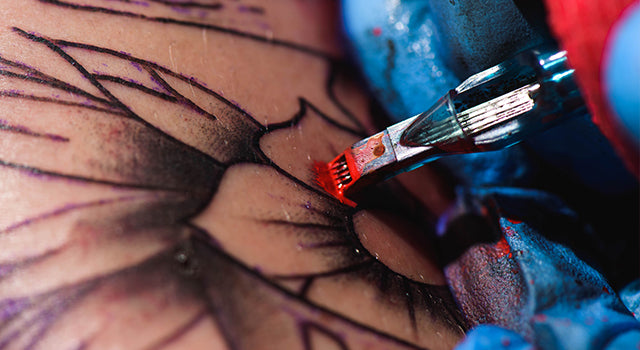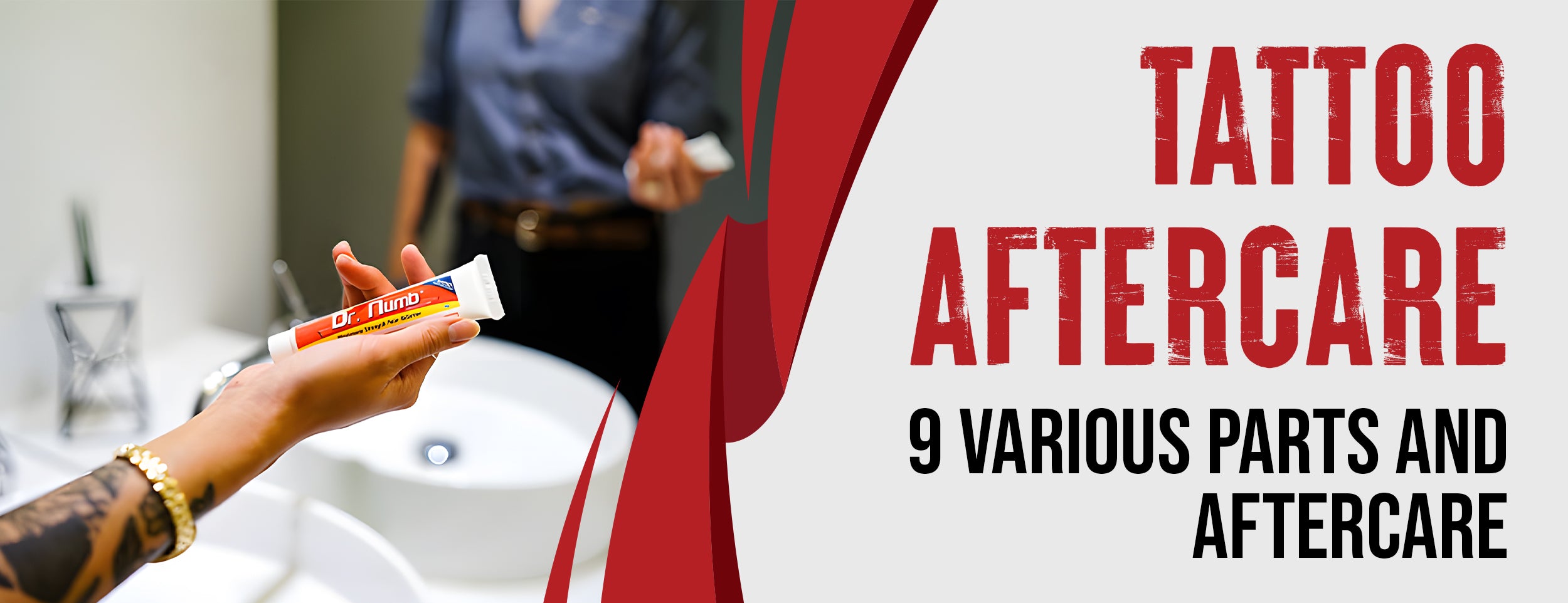Consider personal significance, meaningful events or people, and visually appealing elements when developing a tattoo idea. Consult a tattoo artist for inspiration and guidance in creating a unique and meaningful design.
There are so many styles and designs available that it can be overwhelming. They can hold deep meaning and serve as a form of self-expression. But don't worry, we're here to help.
In this comprehensive guide, we'll walk you through the steps to develop a tattoo idea you'll love for years to come.
How Do I Come Up with a Tattoo Idea: 8 Steps
The decision to get a tattoo is a deeply personal one. One of the most exciting parts of the process is coming up with the perfect tattoo idea that reflects your personality and style. We'll take you through 8 essential steps to help you find the inspiration you need for your next tattoo.
Step 1: Get Motivated

To create a tattoo idea, it's essential to understand its significance and purpose. This involves identifying the motivation and message that the individual wants to convey. Since tattoos are permanent, the design must hold personal meaning.
Some common motivations for getting a tattoo include:
- Self-expression: Individuals use tattoos to express their personality, beliefs, and values.
- Commemoration: Tattoos can serve as tributes to loved ones or as meaningful reminders of a particular event or time.
- Artistic Expression: Some people view their bodies as a blank canvas, and tattoos are a way to showcase unique and creative designs.
Step 2: Skin Area Selection
The location of the tattoo is essential as it determines the visibility and impact of the design. Some factors to consider when selecting a skin area include:
- Pain Tolerance: Some areas of the body are more painful than others. Choosing a location where an individual can tolerate the pain is crucial.
- Visibility: While some people want their tattoos to be visible, others may prefer to have them in more discrete areas.
- Work Attire: It's essential to consider whether the tattoo will be visible when wearing work attire. In some professions, tattoos may need to be covered up.
Step 3: Discover Inspiration
Finding inspiration for a tattoo design can come from personal interests and passions. Incorporating hobbies, quotes, or symbols can make the tattoo design unique and meaningful. Some examples include:
- Favorite quotes or phrases that hold personal significance.
- Signs of cultural or religious significance.
- Images that represent a particular passion, such as music or sports.
- Designs that reflect one's personality, such as abstract art or minimalistic designs.

Step 4: Portfolio Review
Browsing through tattoo portfolios can serve as a valuable source of inspiration. It's essential to look at various designs and consider how they can be personalized to suit an individual's vision. Some tips for interpreting and personalizing existing designs include:
- Selecting an experienced and specialized tattoo artist who can help interpret and customize the design.
- Incorporating elements from personal experiences or interests to personalize the design.
- Ensuring that the tattoo design aligns with the individual's motivation and values.
Step 5: Choose Your Style
Choosing a style for your tattoo is an important decision, as it will determine the overall look and feel of the design. Here are some common tattoo styles and their significance:
- Traditional: This style is characterized by bold lines, bright colors, and classic imagery (anchors and swallows). It has a vintage feel and is often associated with American sailors.
- Minimalist: Minimalist tattoos use simple shapes and designs to convey a message or idea. They are typically small and understated.
- Realistic: As the name suggests, realistic tattoos aim to depict an image as closely as possible to its real-life counterpart. This style requires a skilled artist and is often used for portraits or nature scenes.
When choosing a style, consider your personal preferences as well as the placement of the tattoo. For example, a minimalist design may work well on a small skin area, while a traditional design may be better suited for a larger size.
Budget considerations are also essential to remember, as some styles (such as realistic) may require more time and skill to execute, which can drive up the cost of the tattoo.
Step 6: Patience and Inspiration Gathering
One of the most critical aspects of the design process is taking your time and gathering inspiration. Ideas for keeping track of inspiration include creating a mood board (either physical or digital) or making sketches of your thoughts.
The benefits of patience and inspiration gathering include:
- Allowing time for ideas to develop and refine.
- Increasing the likelihood of ending up with a design you love.
- Finding inspiration from unexpected sources.
Step 7: Injecting Personality

Since tattoos reflect your personality, it's essential to find ways to incorporate your style and quirks into the design. Here are some examples of unique personal touches:
- Adding a favorite quote or lyric.
- Including a significant date or symbol.
- Choosing a design that reflects a personal interest or hobby.
Step 8: Finalizing Your Design
Before getting tattooed, it's crucial to review and finalize your design. This involves communicating with your chosen artist to ensure they understand your vision and to make any necessary tweaks. Some tips for sharing with your artist include:
- Bringing in reference images to help convey your ideas.
- Asking for their professional opinion on placement and size.
- Being open to suggestions for improving the design.

Conclusion
A tattoo is a personal expression of identity and beliefs. It's necessary to take the time and consider all factors to make an informed choice, from understanding the importance of a tattoo idea to choosing the right style, preparing for your tattoo, and consulting with a tattoo artist.
We've provided a comprehensive guide to help you navigate the process and create a meaningful and long-lasting tattoo experience. The perfect tattoo idea is out there; you must be patient and patient.

![Steps to Coming Up with a Tattoo Idea [ Essential]](http://drnumb.com/cdn/shop/articles/How_Do_I_Come_Up_With_A_Tattoo_Idea__8_Steps_DIY_Solution.jpg?v=1702025531&width=1100)











![Antibiotics and Tattoos: 3 Risks and 3 Effects [with 4 Precautions]](http://drnumb.com/cdn/shop/articles/Can_You_Get_Tattooed_On_Antibiotics__3_Risks_and_3_Effects_4_Precautions.jpg?v=1714128292)

